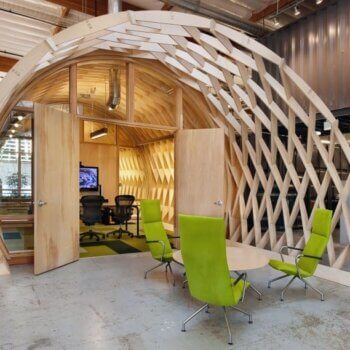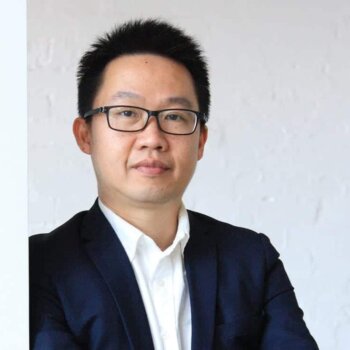The Tommykaira ZZ is Japan’s first mass-marketed electric sports car. Made almost entirely from parts produced in Kyoto, the lean, mean machine has impressive thrust. It goes from zero to 100kph in 3.9 seconds.
Several senior managers of GLM, the startup that produces the ZZ, watched the Chinese reaction with keen interest. That is because GLM has its eyes set on other parts of Asia, where they plan to team up with local conglomerates to mass-produce the electric car.
The roaring engine sound, of course, is not real. Electric cars emit almost no sound, just as they do not emit greenhouse gases. Yet GLM was reluctant to omit one of the most fun parts of driving a sports car: the sound.
So they teamed up with Japanese synthesizer maker Roland, which built an on-board synthesizer that makes real-life sounds that respond to acceleration, deceleration and road conditions, such as uphill climbs.
Roland clearly enjoyed the challenge. “Herbie Hancock, Jimmy Page, George Duke and many more of the world’s most talented musicians have relied on Roland synthesizers to create music,” the company said in a statement announcing the project. The new driving sound system for GLM will use this same synthesizer technology to produce “sonically rich” and “studio quality” sounds, the company said.
Collaborative minded
The collaboration is symbolic of what GLM wants to do. The company is responsible for just two components: the brains (the vehicle control unit) and the bones (the chassis). Everything else is a collection of pre-existing technology. The battery, for instance, is one that Kyoto based GS Yuasa produces for Mitsubishi Motors’ electric car, the i-MiEV.
Even the factory is borrowed. GLM uses a section of a metallic processing plant in the city of Maizuru in northern Kyoto Prefecture, at which they began mass production last November.
The formula has enabled GLM, a startup created in 2010 by Hiroyasu Koma while he was still a student at Kyoto University, to operate without the fixed costs of maintaining hundreds of employees. The company has a handful of engineers who left Toyota Motor, Nissan Motor, Mitsubishi Motors and Daihatsu Motor to produce the car of their dreams.
It also enables them to combine virtually any shape and color the owner desires. Pizza delivery companies could order a batch of pizza-slice-shaped electric automobiles if they wanted, and benefit from substantial tax incentives.
It is this nimbleness that Koma believes can help it enter other Asian markets. “We envision three types of tie-ups,” he told the Nikkei Asian Review. First, GLM can export the chassis, fully loaded with the necessary components — the battery, motor, the brains, etc. — and have the local partner assemble the exterior body and windows locally.
Second, GLM can export just the chassis and the vehicle control unit, and leave the local partner to negotiate with Japanese parts suppliers for the rest of the components.
The third option, probably for later down the road, the local partner can mount locally produced batteries and motors to a chassis provided by GLM. In this scenario, GLM would have a more advisory role.
Insta-industry
“It is an easy way for emerging countries to have an auto industry of their own,” Koma said, noting that the global electric car market will likely double by 2030 from the 430,000 vehicles today. “Our business model would be much easier than building a gasoline-engine car industry from scratch, because that requires an accumulation of skills over many years.”
Koma says that GLM is already negotiating tie-ups with companies from Malaysia, China and several Middle Eastern countries.
The easy format also enables non-auto players to enter the EV scene. IT companies, TV companies and the music industry are potential candidates. “Once autonomous cars become commonplace, a car seat will become more like a living room,” Koma said, “where people chat online with friends or watch entertainment, while the vehicle drives automatically to the destination.”
The ZZ weighs 850kg, which is heavier than a Formula One racing car, which averages 500kg, but lighter than a regular light automobile on the street, which usually weighs over a ton.
The range per charge is 120km. This is quite shorter than the 390km of the Tesla S, but that is because the motor weighs less than half its Tesla counterpart. Torque and horsepower-wise, they compare well. The zero to 100kph in 3.9 seconds is faster than a Porsche 718 Boxster, which takes 4.7 to 5.1.
GLM has received funds from entities in Saudi Arabia and Taiwan and is widely seen as a strong candidate for an initial public offering in the coming years.






























